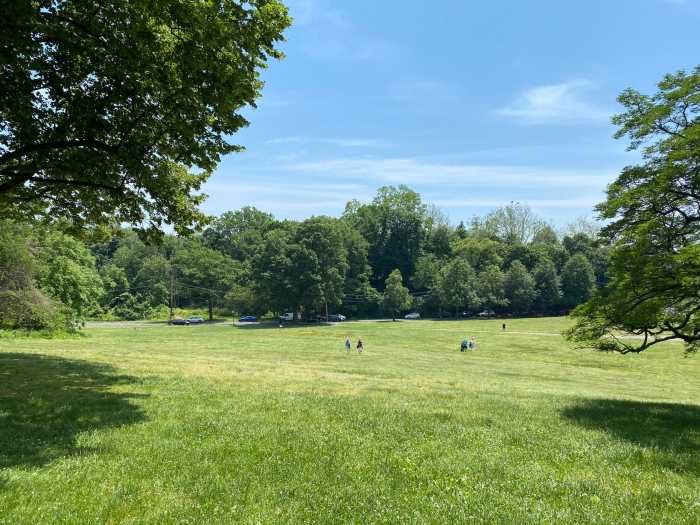By Cory Tischbein
James Kim wanted to continue taking courses toward his bachelor's degree in accounting this fall, but now with the Rent Guidelines Board's big rent increase for the city's rent-stabilized apartments, Kim may have to halt his education to help his mother afford their rent-stabilized Flushing apartment.
“I'll have to work extra hours at my job because the city clearly doesn't care about its working class,” Kim said.
Kim, 22, is not the only resident having to cut back following the board's authorized rent hikes of up to 4.5 percent for one-year leases and 8.5 percent for two-year leases, the highest increase in 19 years, at its meeting at the Cooper Union Great Hall in the East Village last Thursday.
In Queens, there were 145,260 rent-stabilized apartments and 7,026 rent-controlled apartments as of June 2, the city Department of Housing. There is a total of 1 million rent-stabilized apartments in New York City.
“What is the point of having rent-stabilized apartments if the rents are completely unstable?” asked Alma Katz, 81, of Bayside.
The board also implemented a supplemental rent increase affecting tenants who have lived in their apartments for six or more years. Building owners now have the option of charging these tenants the approved increases or a $45 monthly increase for one-year leases or $85 for two-year leases — whichever charge is greater, effective Oct. 1.
“We can't afford another rent increase, especially with the rising costs of gas,” Katz said.
“Today's increased cost of living places a burden on everyone, including building owners, but demanding more money from the poor and working class tenants is only going to aggravate this issue,” said Marty Simmons, 42, of Elmhurst.
“The city's fat cats know who this increase will remove from Manhattan: the poor and working class,” said Nina Giordino, 57, of Bayside.
As an alternative, Giordino advocates “raising the rent of the rich on Park Avenue.”
“People living in economy, rent-stabilized apartments do so because they have to,” Giordino said.
“The board members responsible for this hike are out of touch with the people they claim to serve,” said Jamal Abrahms, 37, of Flushing, who is displeased with the board.
The Rent Guidelines Board meets every year and authorizes rent increases for one-year and two-year leases. Last year it approved rent increases of 3 percent for one-year leases and 5.75 percent for two-year leases.
Rent-controlled apartments are exempt from increases unless there is a major improvement to the building.
The mayor appoints the board's nine members, who have not approved a rent decrease or freeze since the board's creation in 1996. Two board members represent tenants, two represent owners and five represent the public.
.





































